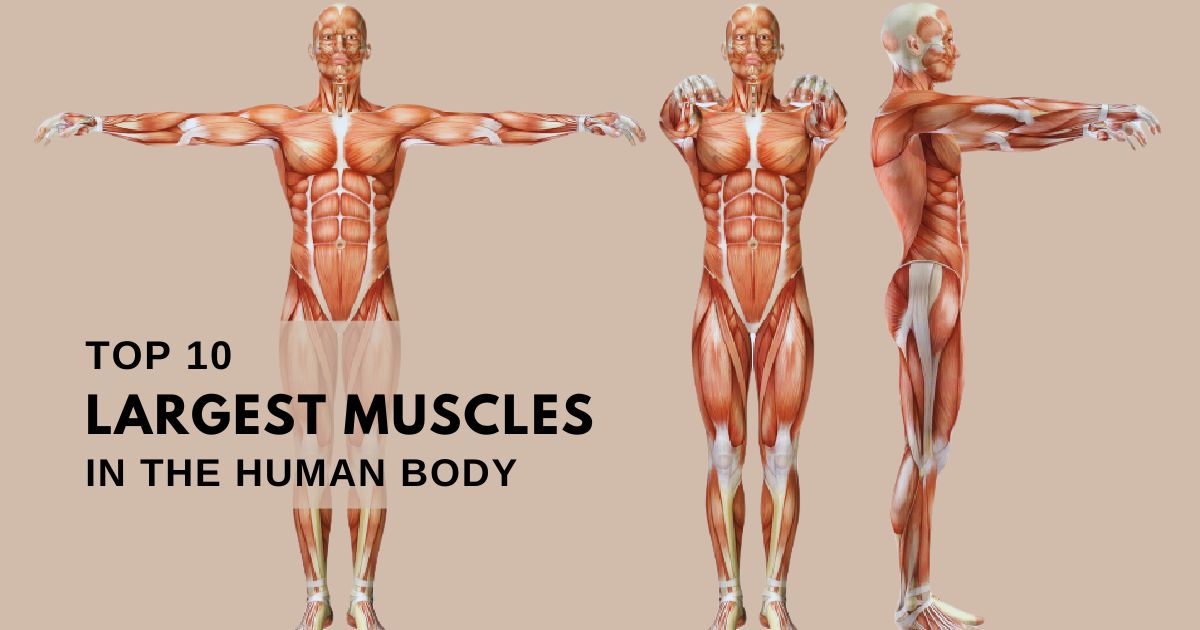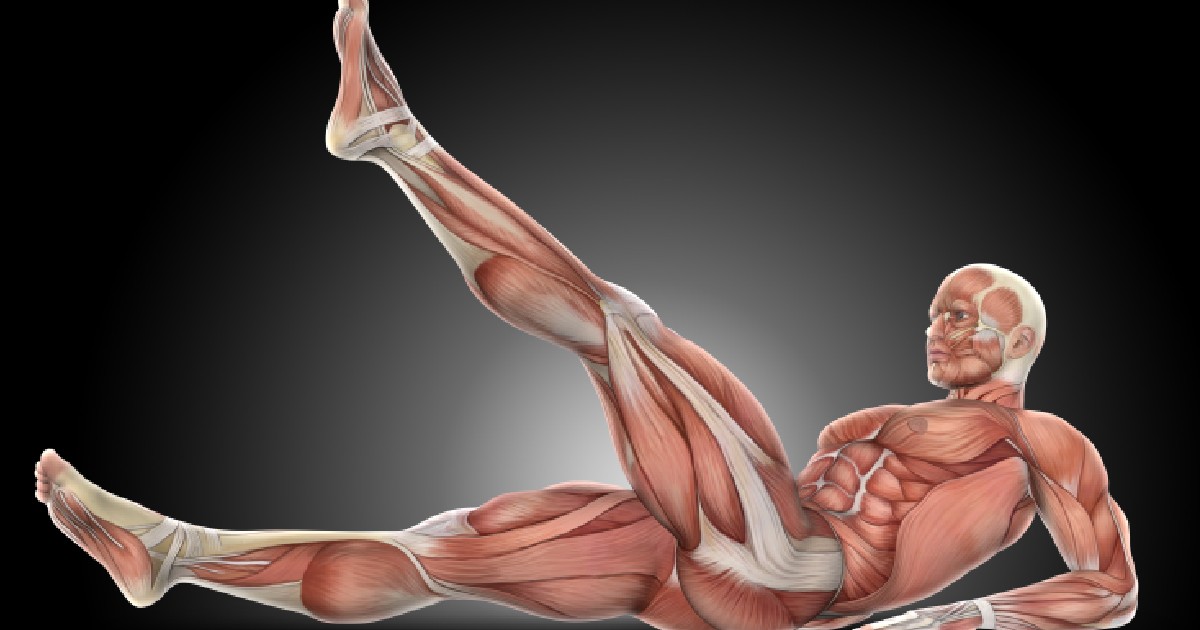
Have you ever paused during a busy day to think about what exactly allows you to zip through your tasks, from typing out a speedy email to darting across the street when the light turns green? The answer doesn’t lie in a cup of coffee, but within your own body—the brawny muscle heroes tucked away under your skin.
This article is a journey through the halls of your own body, spotlighting the largest muscles in the human body that make all these daily heroics possible. It’s not just gym buffs who should care about these muscular titans; understanding them can offer everyone insights into how our bodies function and how we can keep them strong and healthy. Let’s unravel the stories of these powerful muscles that help you lift, push, pull, and even leap.
1. Gluteus Maximus: The King of the Glutes
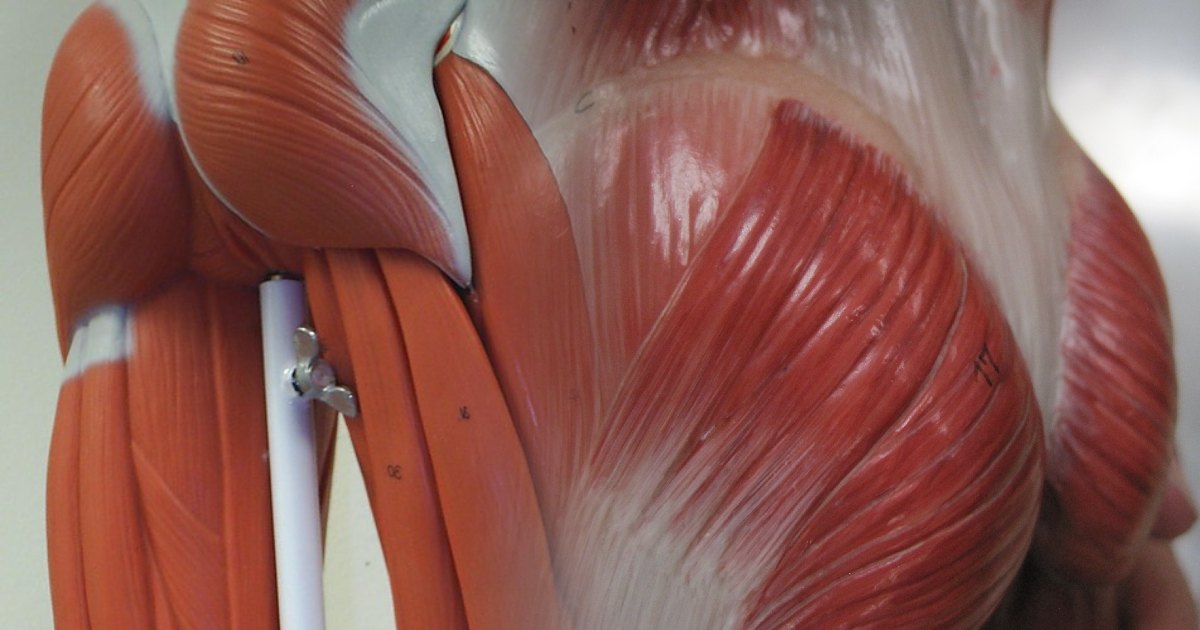
The gluteus maximus—your body’s very own powerhouse. Nestled in your rear, this is more than just the largest muscle by volume; it’s your primary agent for standing up, walking up stairs, and those explosive movements needed in sports. This gluteal muscle is vital; engaging in squats or bridge lifts and feeling this mighty muscle propel you forward. The gluteus maximus muscle volume is significant, making it a primary component of the skeletal muscles.
2. Latissimus Dorsi: The Wide Wing of the Back
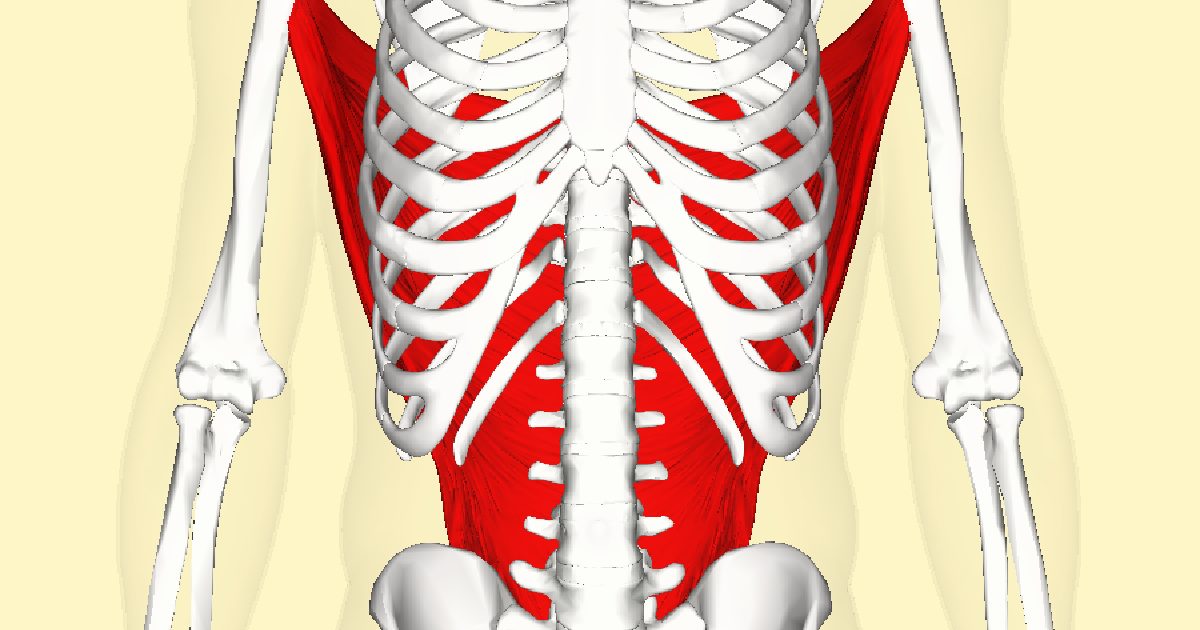
Spanning the width of your lower back, the latissimus dorsi muscles are your personal wings. These muscles are essential for any pulling motion and contribute vastly to your upper body strength, which is part of the other muscles that enhance your fitness. Regular swimming or pull-ups can keep these broad muscles robust and ready.
3. Quadriceps Femoris: The Frontline of the Thigh
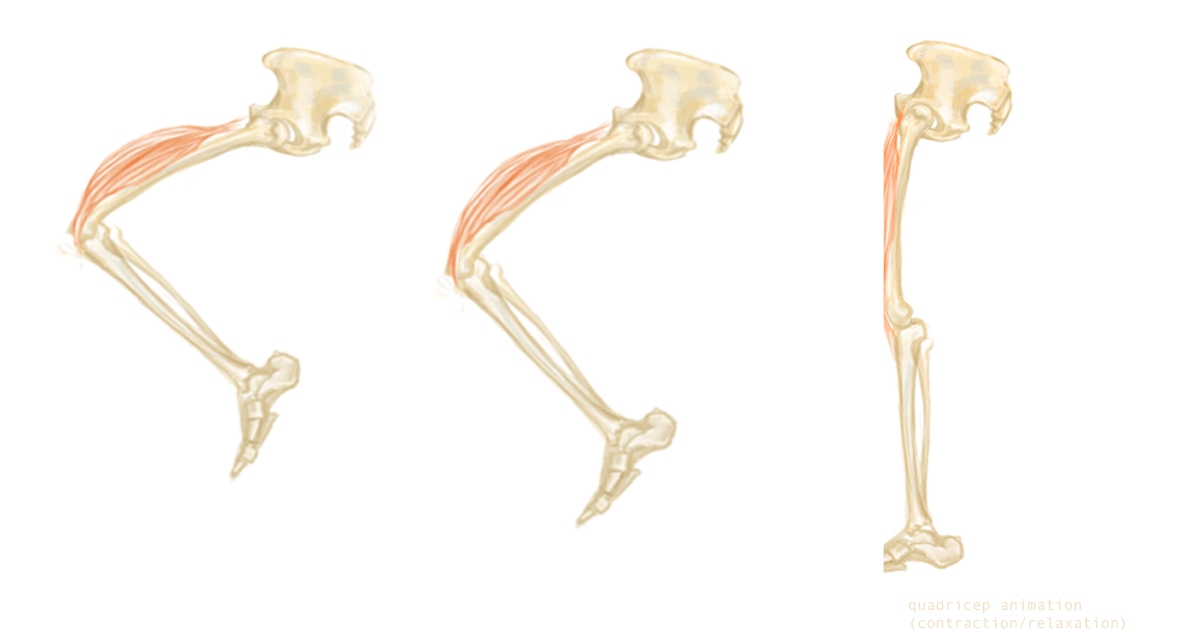
Striding forward, your quadriceps femoris are front and center in the thigh territory. This quartet is pivotal for knee extension and a must for runners and bikers alike. Known as one of the most active muscles, to give these a boost, incorporate leg extensions or cycling into your regimen for stronger, more resilient quads. Essential for walking, running, and jumping, the quadriceps bear a significant portion of your muscle mass. Keep them strong and resilient with exercises like leg presses and cycling.
4. Pectoralis Major: The Chest’s Commanders
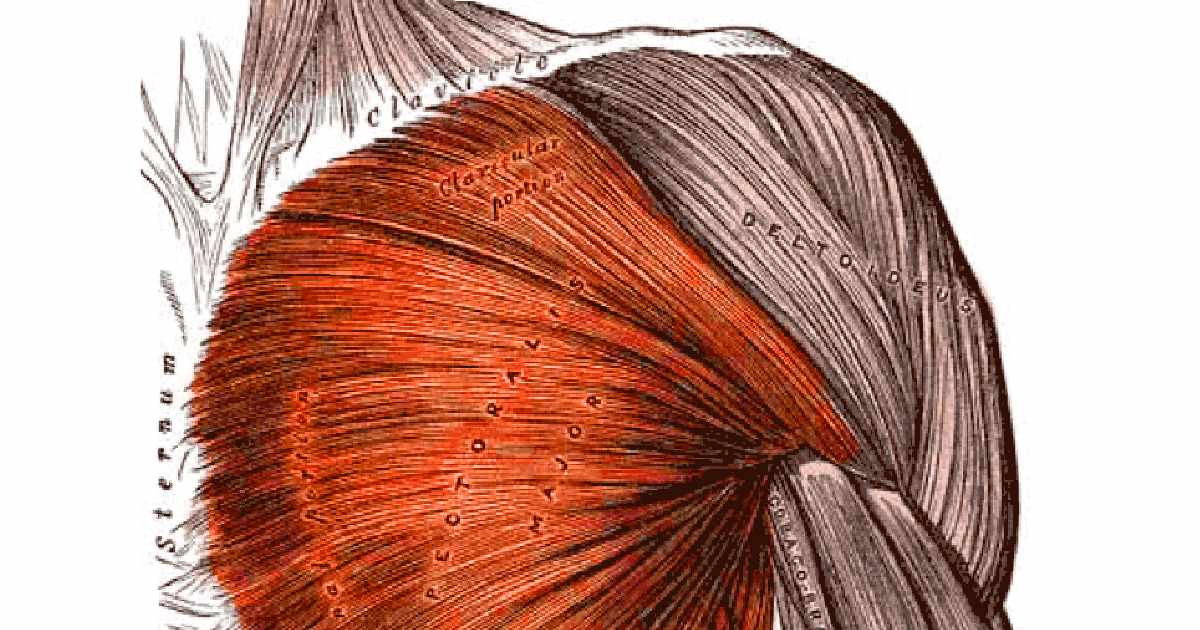
When push comes to shove, your pectoral muscles are on the frontline. These muscles aren’t just for show; they’re integral to pushing movements, be it opening a door or doing a push-up. They are major elements among the three muscles that primarily control upper body movements. Emphasize bench presses or push-ups in your workout to enhance both the strength and appearance of your chest.
5. Deltoid: The Dynamic Shoulder Sculptor
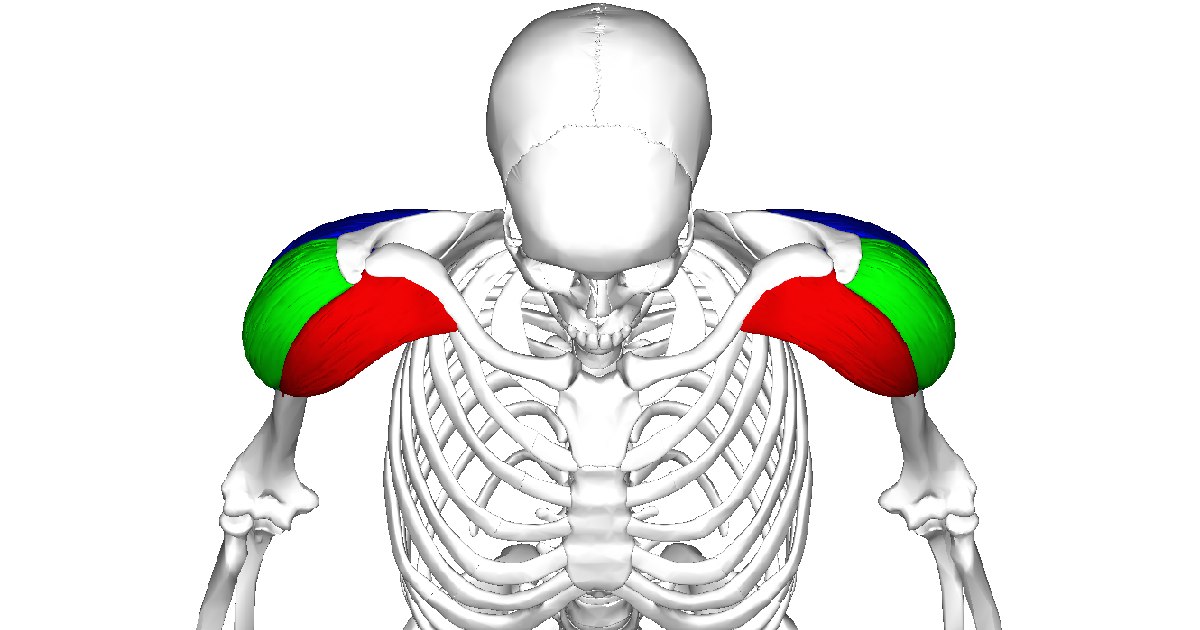
Your deltoid muscles cap off your shoulders, which is pivotal for any lifting or rotating movements. From putting groceries away on high shelves to throwing a ball, your deltoids are in action. Shoulder presses and lateral raises can keep these versatile muscles in top form.
6. External Oblique: The Artful Twisters
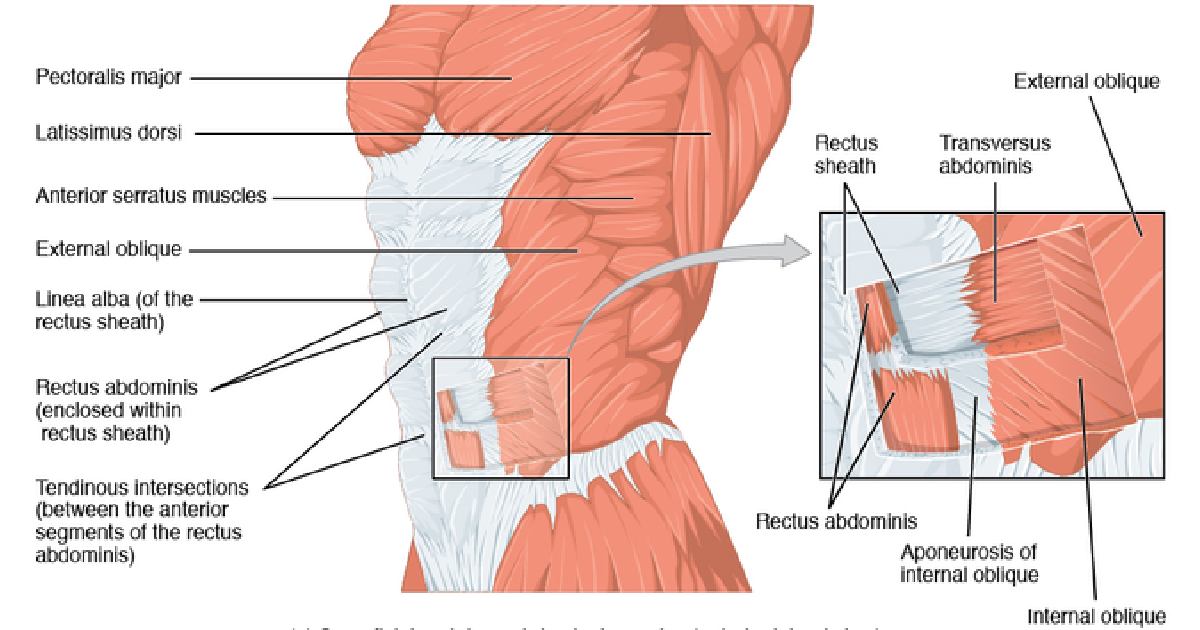
The external oblique muscles wrap around your midsection, playing a key role in twisting and bending sideways. These are your core stabilizers, essential for rotational movements and a strong, supple waist. Spice up your core workout with Russian twists or side planks for a toned torso.
7. Adductor Longus: The Inner Thigh Guardian
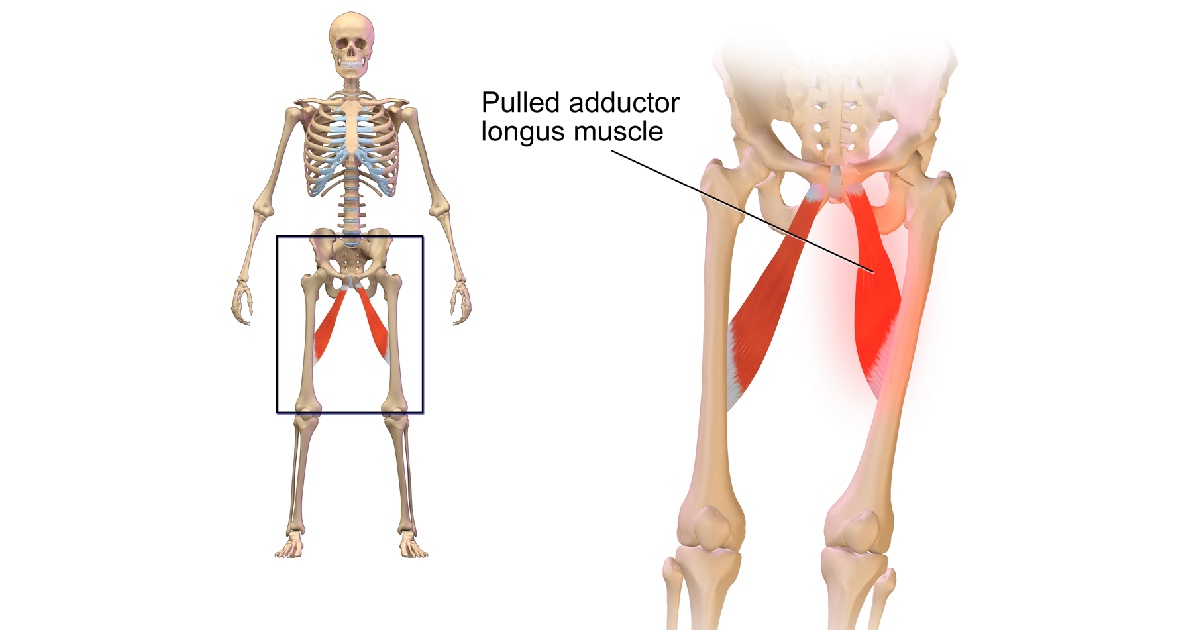
Often overshadowed by more prominent muscles, your adductor longus is crucial, especially for athletes. This muscle ensures your thighs can move inward and stabilize. Lateral lunges and sumo squats can strengthen this lesser-known but vital player, part of the three gluteal muscles, which includes the gluteus minimus and gluteus maximus.
8. Trapezius: The Upper Body’s Shield
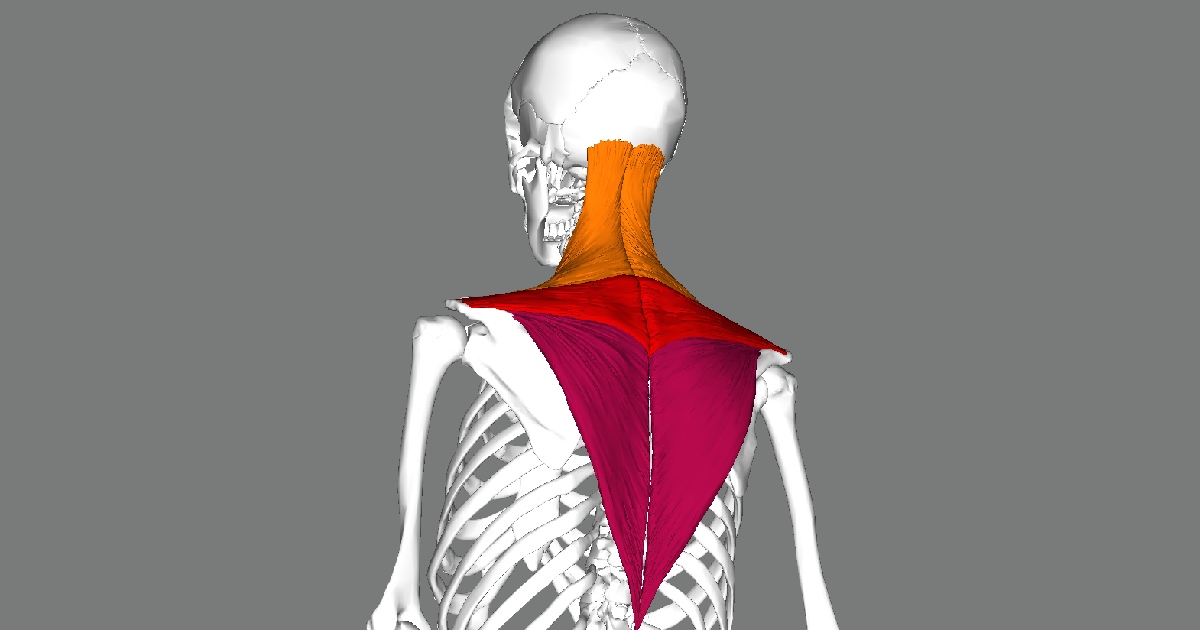
Your trapezius muscles are not just another back muscle; they are the shield for your neck and spine, sprawling across your upper back and into your neck. These muscles help you lift, tilt, and turn your head—activities that are often taken for granted until discomfort arises. Keep them strong with shrugs and neck stretches.
9. Hamstrings: The Behind-the-Scenes Powerhouses
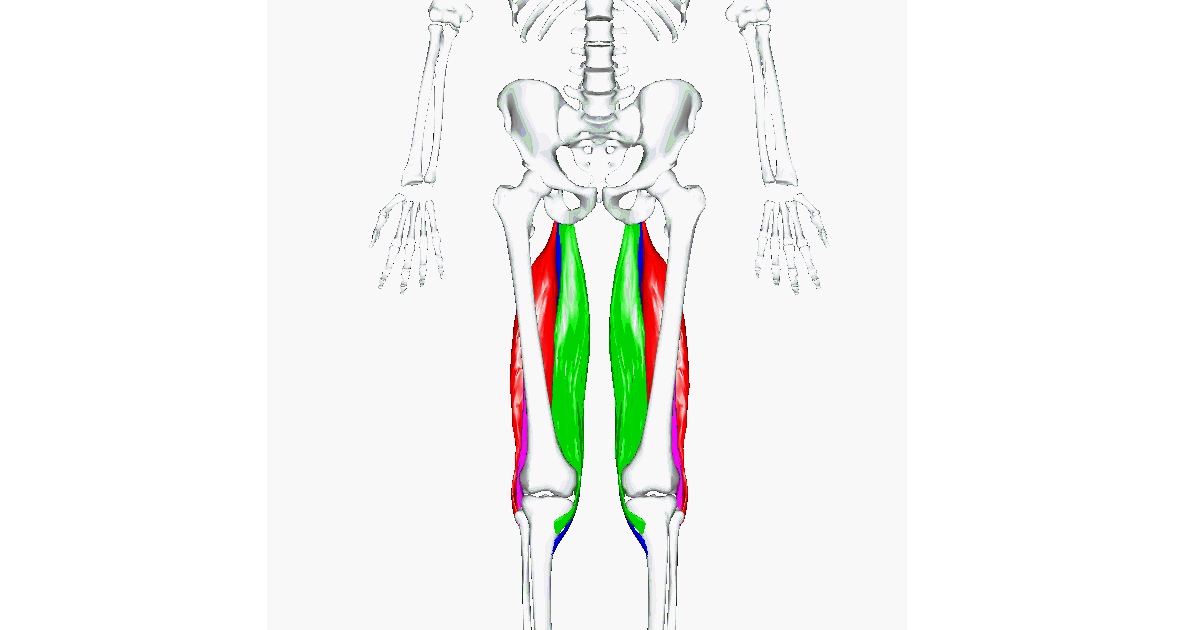
Running along the back of your thighs, the hamstrings are crucial for bending your knees and driving your hips. Whether you’re sprinting or just walking, healthy hamstrings are a must. Incorporate deadlifts and hamstring curls to prevent injuries and boost flexibility.
10. Gastrocnemius: The Calves’ Might
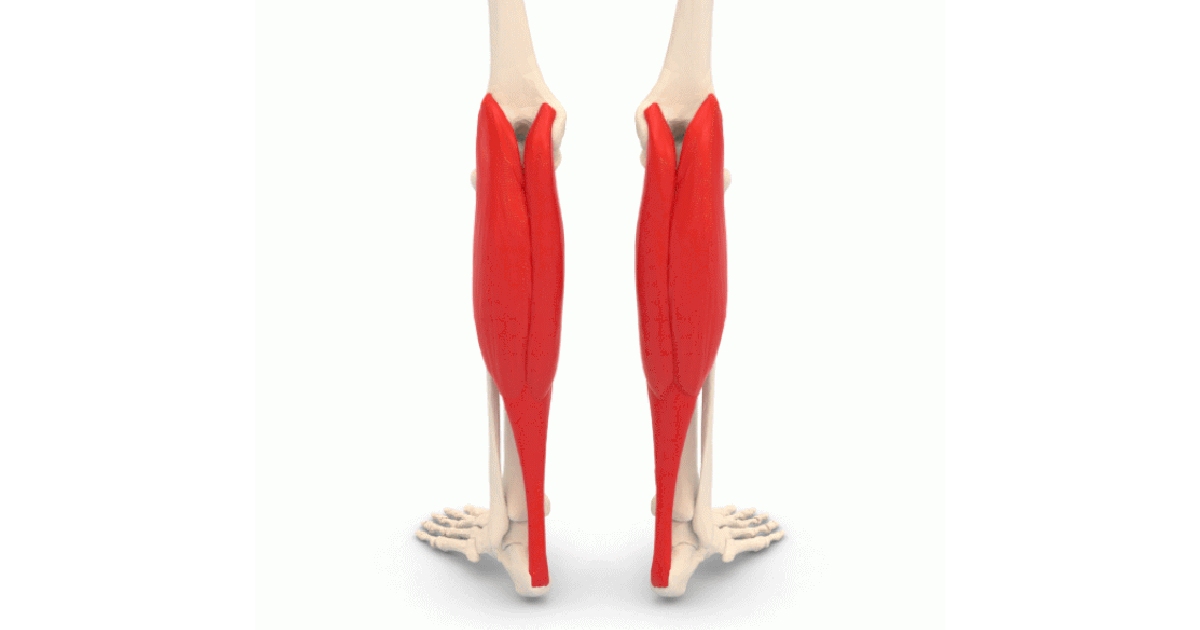
Lastly, your gastrocnemius muscles, those that define the back of your lower legs, are essential for pushing off the ground. This muscle adds spring to your steps and is vital for any motion that lifts your heel. To strengthen them, try calf raises, or box jumps.
Conclusion
And there you have it—a tour through the powerhouse sites of the human body. Knowing about these muscular titans, from the sturdy gluteus maximus in your backside to the steadfast gastrocnemius in your calves, is more than just anatomy trivia; it’s essential knowledge that affects your physical health every day.
This understanding is crucial whether you’re training for a marathon, trying to improve your physical posture at work, or simply curious about how your body manages to do all the things it does. So next time you take a flight of stairs or jog through the park, remember the mighty muscles working behind the scenes.
Keeping them healthy and strong isn’t just about enhancing your physical prowess—it’s about enriching your life with every step you take, powered by some of the most robust engines nature has ever crafted.
Frequently Asked Questions (FAQ)
What is the largest and longest muscle in the human body?
Ever wonder which muscle in your body is the real MVP when it comes to size? That would be your gluteus maximus. It’s the muscle that helps you stand up after a long meeting or power up hills on your bike. As for the longest, that honor goes to the sartorius muscle. This thin, long muscle runs across your thigh from hip to knee. It’s the one that really kicks into action when you sit cross-legged at a picnic.
What are the 5 biggest muscles in the body?
Here’s a rundown of the body’s top five muscle titans:
1. Gluteus Maximus: Yep, your backside isn’t just about aesthetics; it’s a powerhouse.
2. Latissimus Dorsi: Ever pull on a rope? Thank your “lats” for that strong pulling power.
3. Quadriceps Femoris: These are your front thigh muscles that let you kick a football with force.
4. Pectoralis Major: This chest muscle does a lot more than just look good; it helps you push open heavy doors.
5. Trapezius: This one spreads from your neck to your mid-back, helping you tilt and turn your head to watch a tennis match.
What are the top 3 strongest muscles in the body?
When it comes to pure strength, these three are the champs:
1. Masseter: This jaw muscle isn’t just for show; it crunches through your favorite hard foods.
2. Quadriceps Femoris: Strong and sturdy, they help you sprint to catch a bus.
3. Gluteus Maximus: It’s the hero behind your ability to jump high during a basketball game or lift heavy boxes when moving.
What is the busiest muscle in the human body?
Believe it or not, the busiest muscle in your body is your heart. This tireless worker pumps tirelessly day and night, keeping your blood flowing and your body going. It doesn’t even get the weekend off!
What is the smallest muscle in the body?
On the opposite end of the spectrum, the smallest muscle in your body is the stapedius. This little guy is hidden in your ear and helps to stabilize the smallest bone in your body, the stapes, every time you hear a sound. Next time you listen to your favorite song, give a little nod to the stapedius for keeping everything in check.

